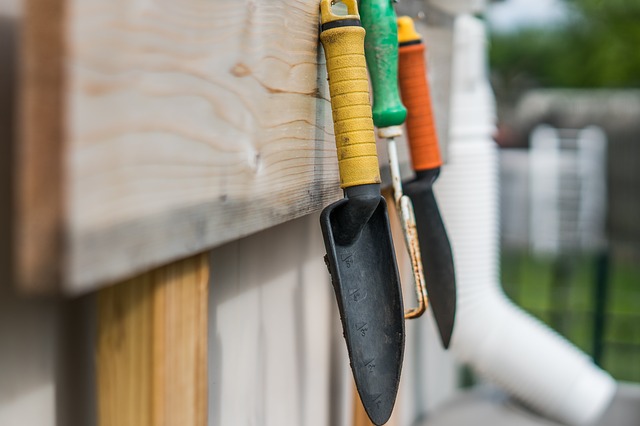For any fan of gardening, fall and winter can be a tough seasons: there’s simply not much going on. The ground becomes too cold to work, leaf fall begins to accumulate, and while it’s nice that the temperature shift grinds weed growth to a halt, it’s less pleasant to see your beloved flowers, plants, and shrubs also enter a period of dormancy.
However, while gardening tasks definitely do dwindle during fall and winter, there are ways and means of continuing to care for your garden, and we’ve outlined four of the most beneficial tasks below.
#1 – Mulch your flower beds
Fallen leaves are often seen as a nuisance, but you can actually turn this nuisance into a positive by repurposing leaves rather than seeking to try and remove them from your garden altogether. Every few days, gather together all of the recently-fallen leaves and shred them; your lawn mower is usually the best tool for this particular job. You can then spread the shredded leaves across your flower beds in order to provide a much-needed layer of insulation for the colder parts of the year. For extra benefits, add compost or manure to the mix.
#2 – Keep watering
Watering is a common task during spring and summer, but can seem redundant during the cooler months of the year. However, while you don’t necessarily need to water as much as you do during hot spells, it’s advisable to keep watering plants, trees, and shrubs right up until the point that the ground freezes. Alternatively, if you live in a location where the ground doesn’t freeze at all, then just keep watering year-round.
#3 – Have your trees pruned
All garden trees need to be pruned regularly to maintain the best possible health. Pruning ensures that any dead or diseased branches are removed, which in turn prevent any issues from spreading to the rest of the tree. What’s more, pruning can also stimulate growth, and even improve a tree’s overall appearance. If your trees have not been pruned recently, then contacting an arborist for more information and having any trees in need of attention pruned sometime between late fall and early spring is definitely recommended.
#4 – Thoroughly clean and store your tools

Garden tools such as trowels and spades are vulnerable to rust year-round, but the problem is particularly significant during the colder, damper seasons. To prevent rust and make sure that your tools are in great shape come spring, a little fall cleaning session is strongly recommended. Clean each tool individually, remove any rust if necessary, then add a light layer of oil – linseed oil is generally thought to be best, but standard cooking oil will suffice in a pinch. Wipe off any excess, then store your tools somewhere dry.
In conclusion
The colder months of the year might not offer the best gardening experience, but as we have discussed above, there are plenty of tasks that should keep you busy – and keep your garden in the best possible health – right through to spring.















